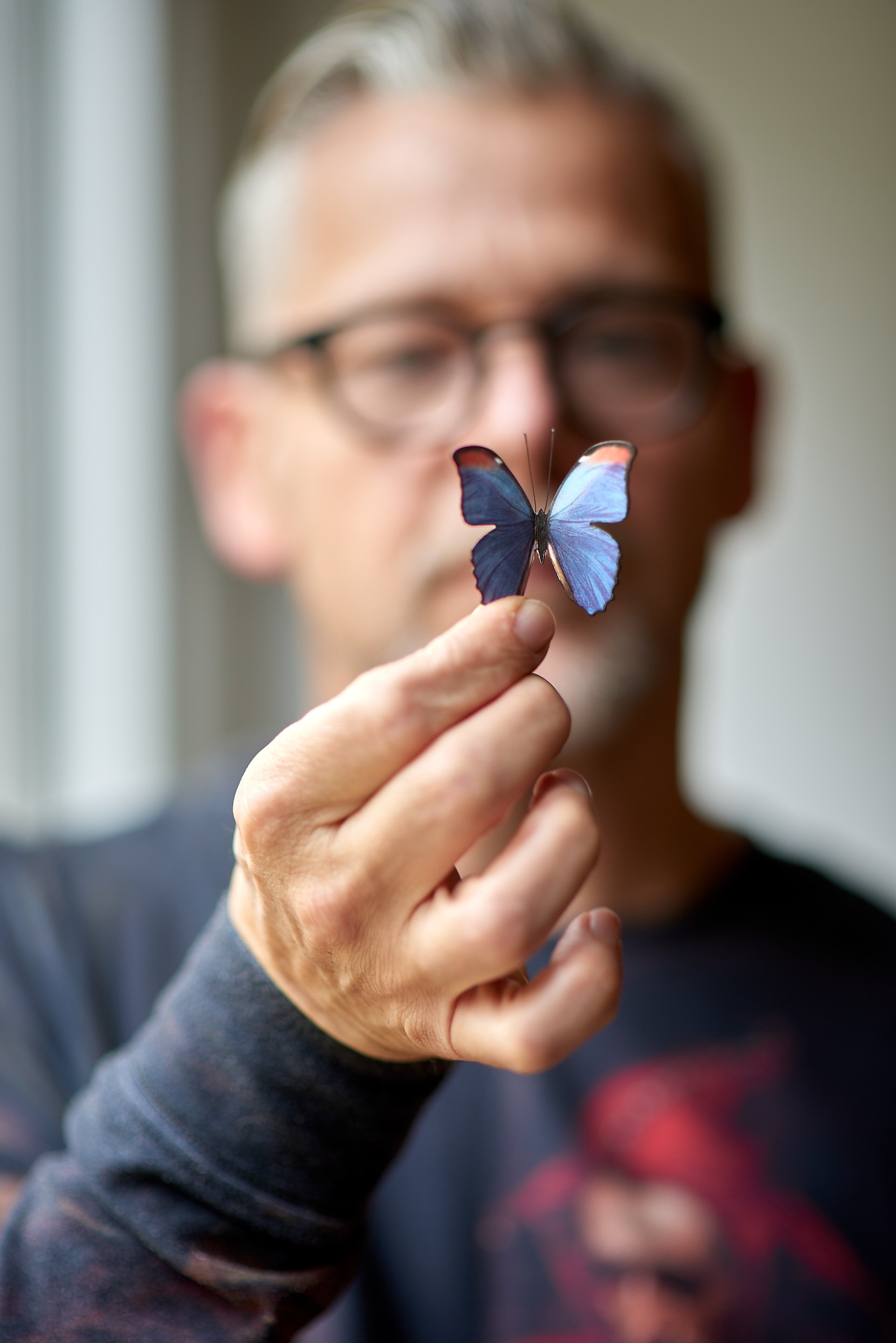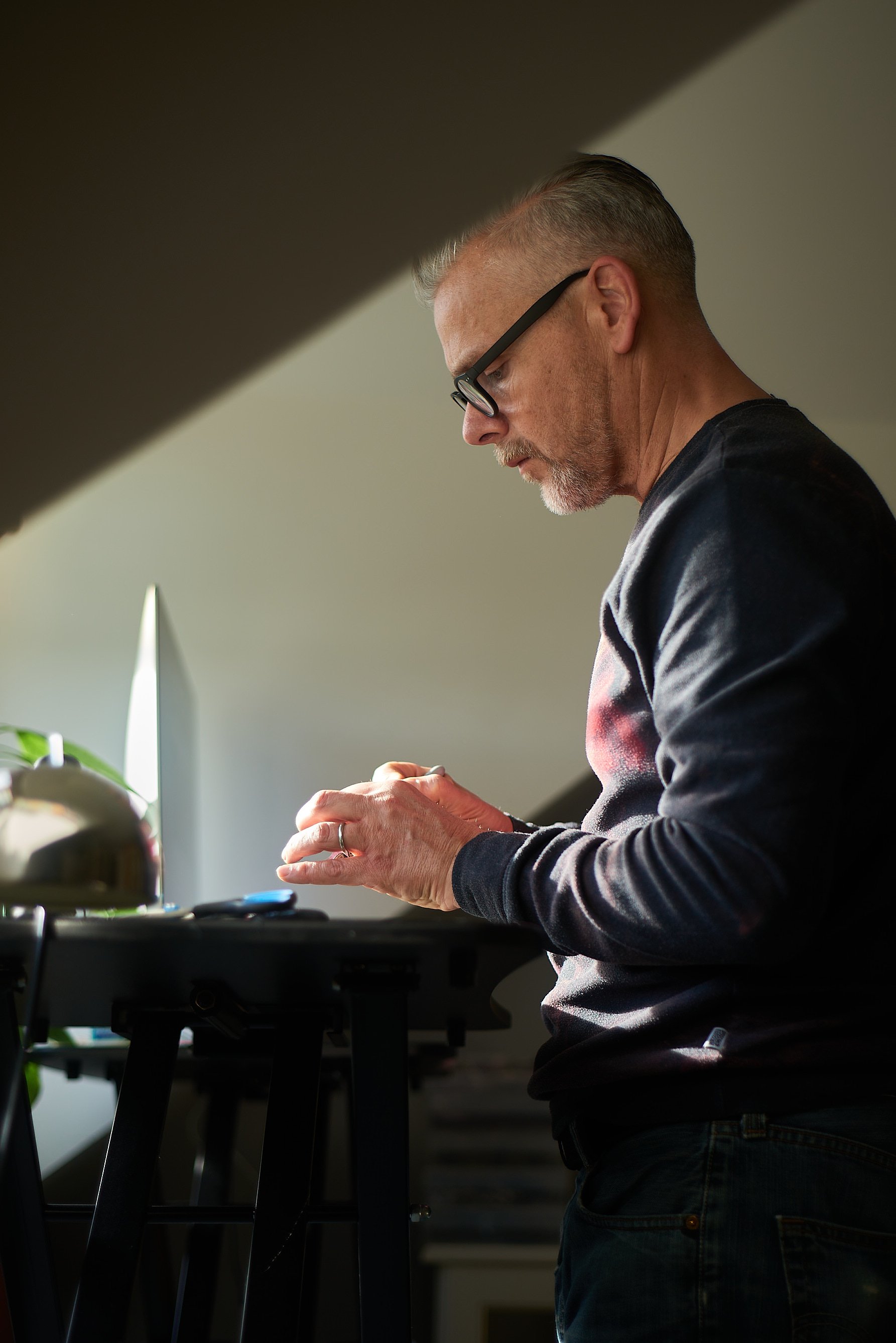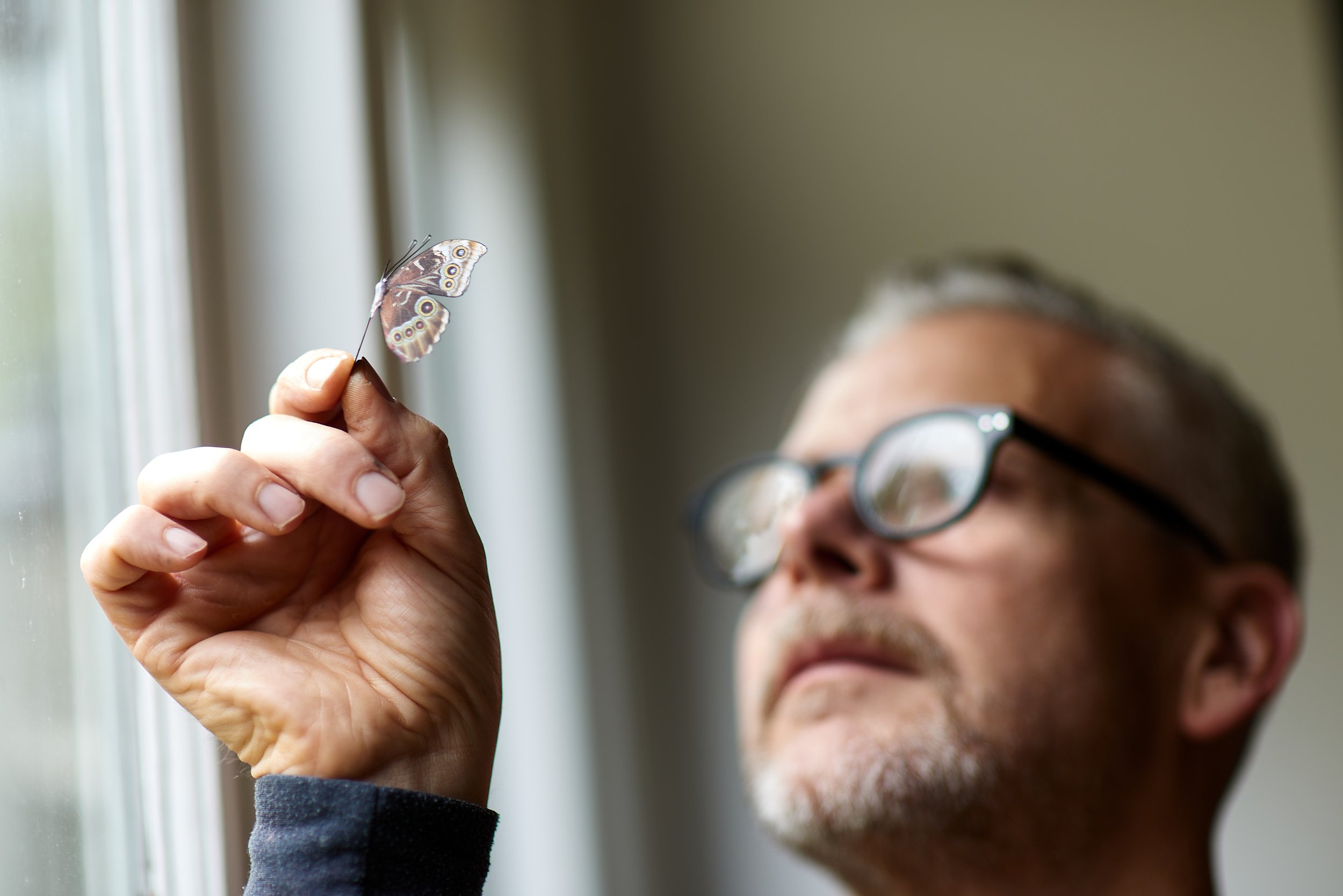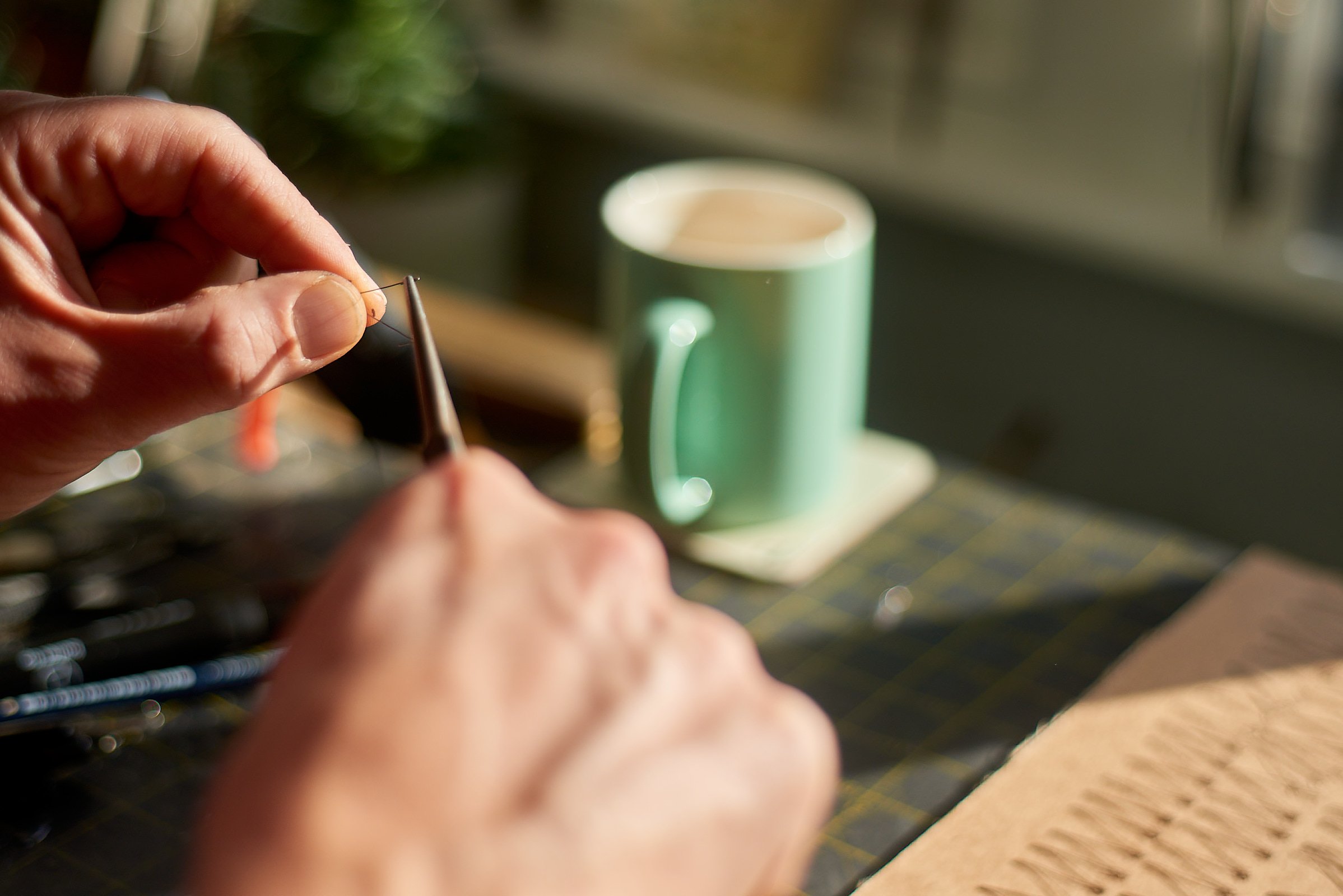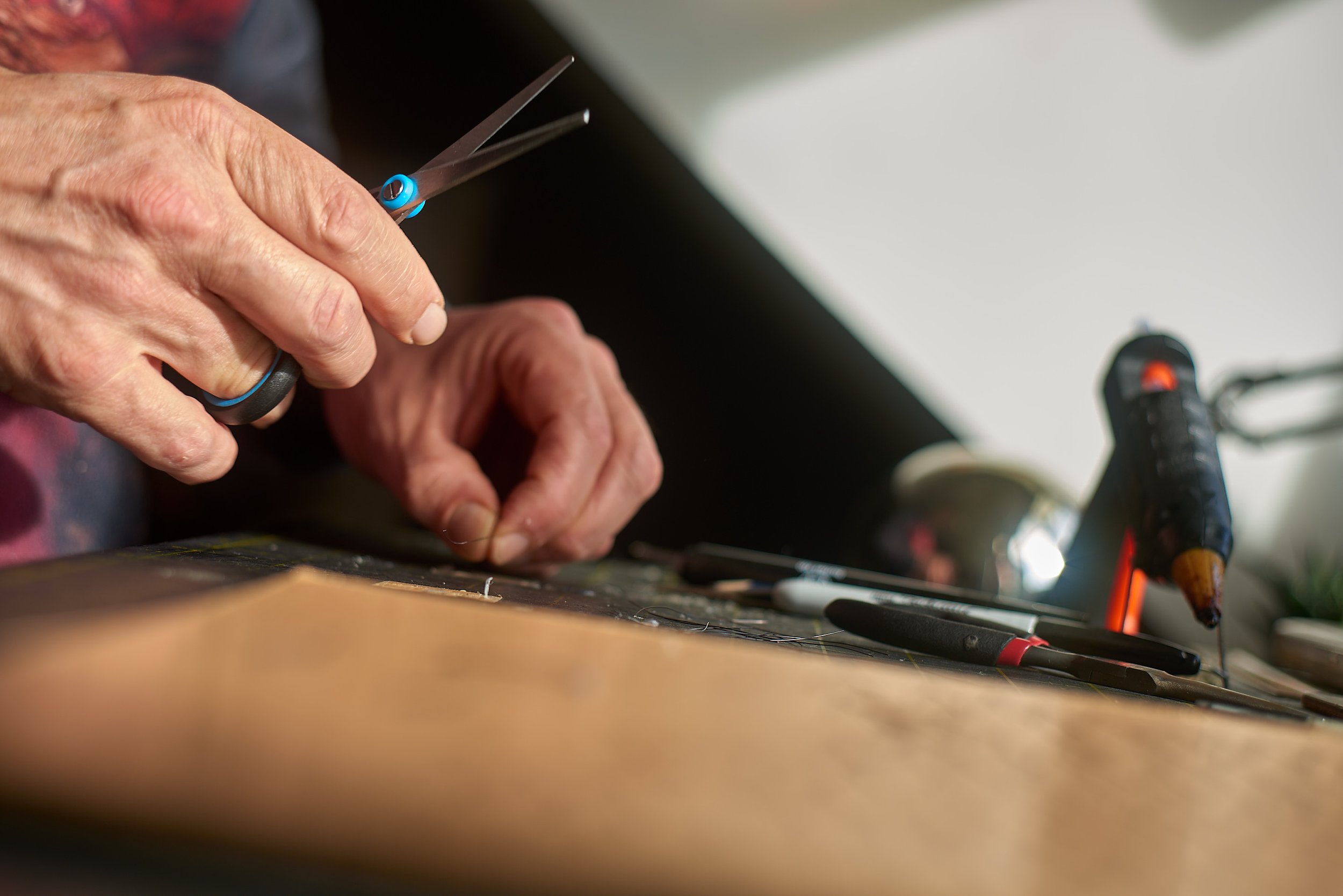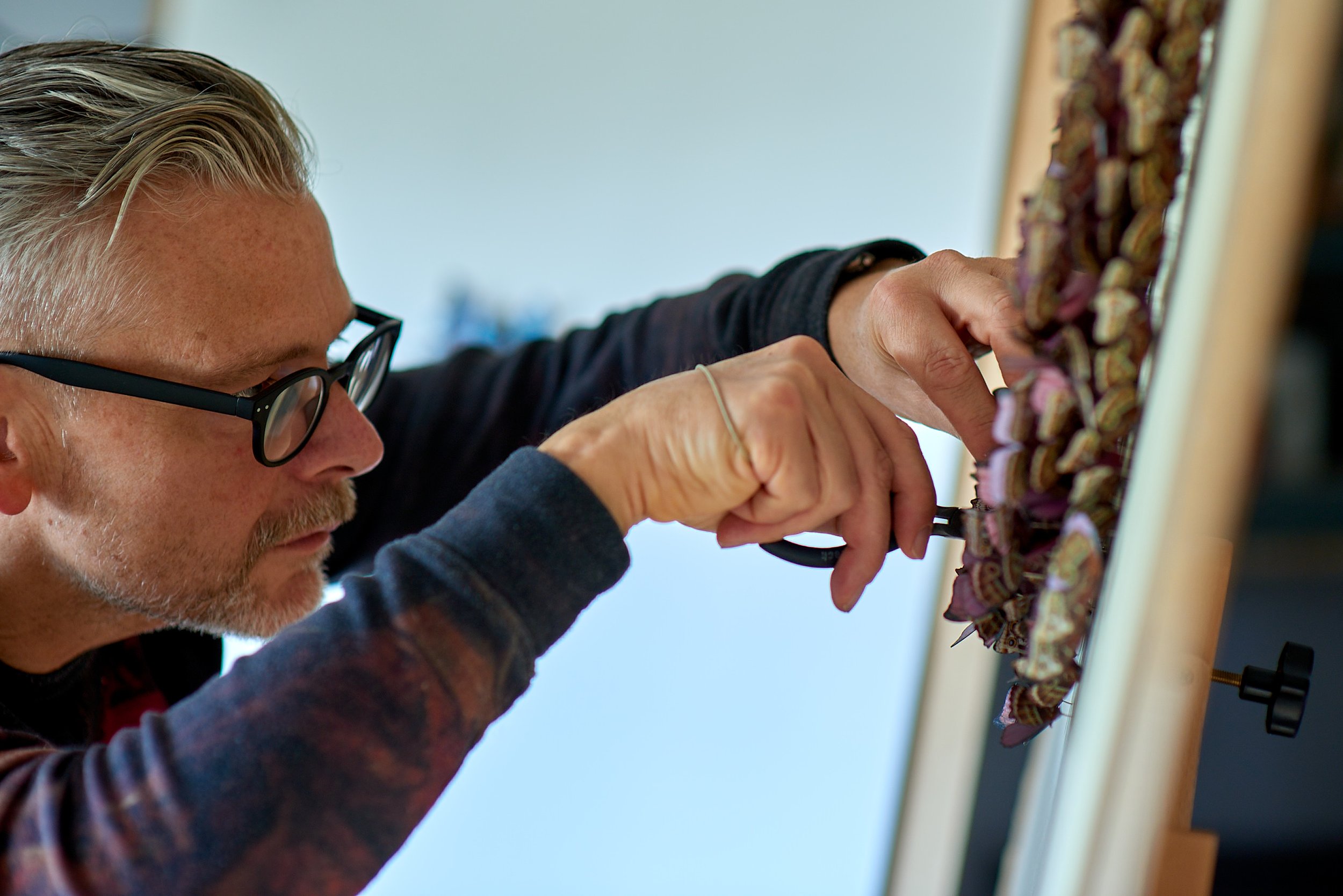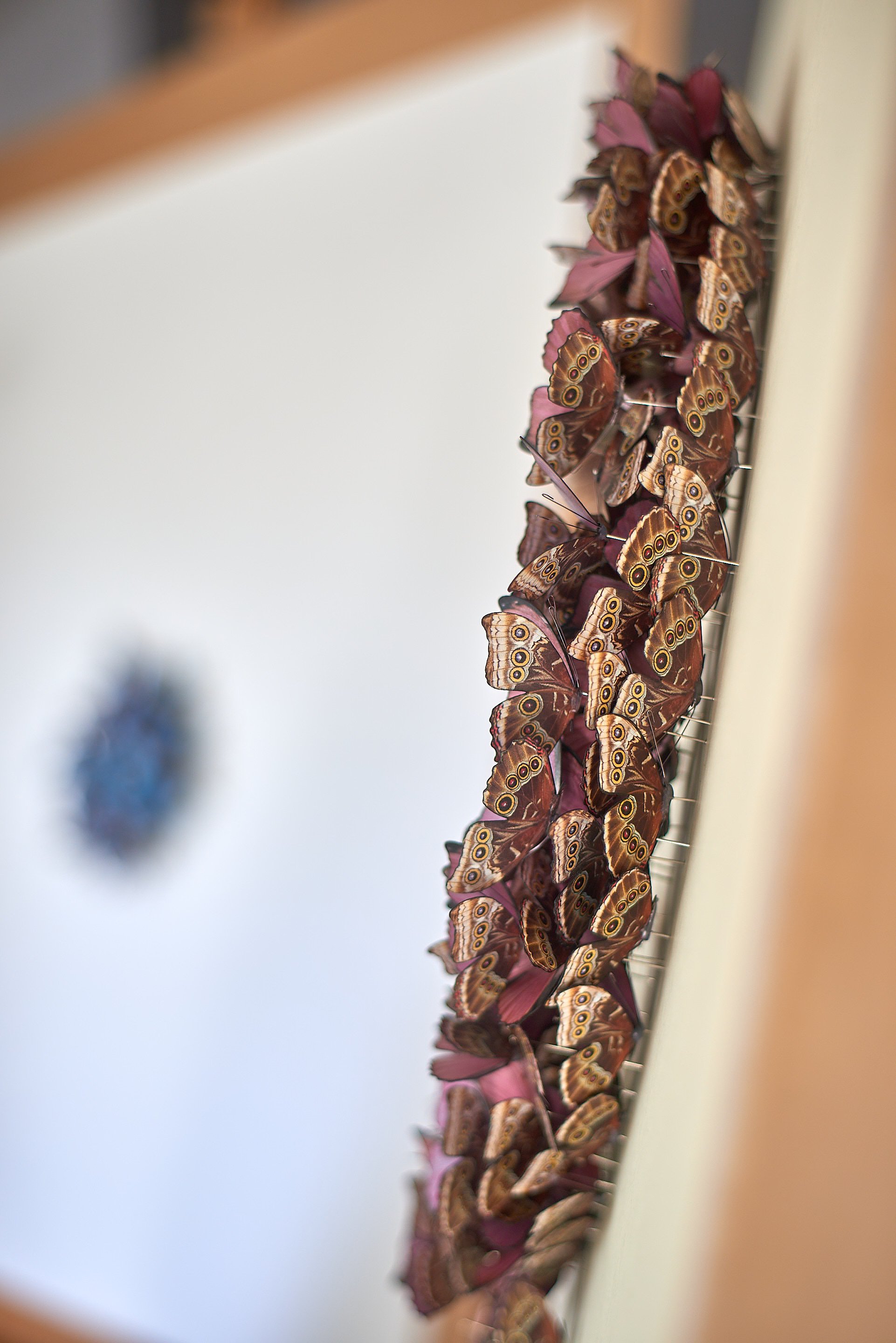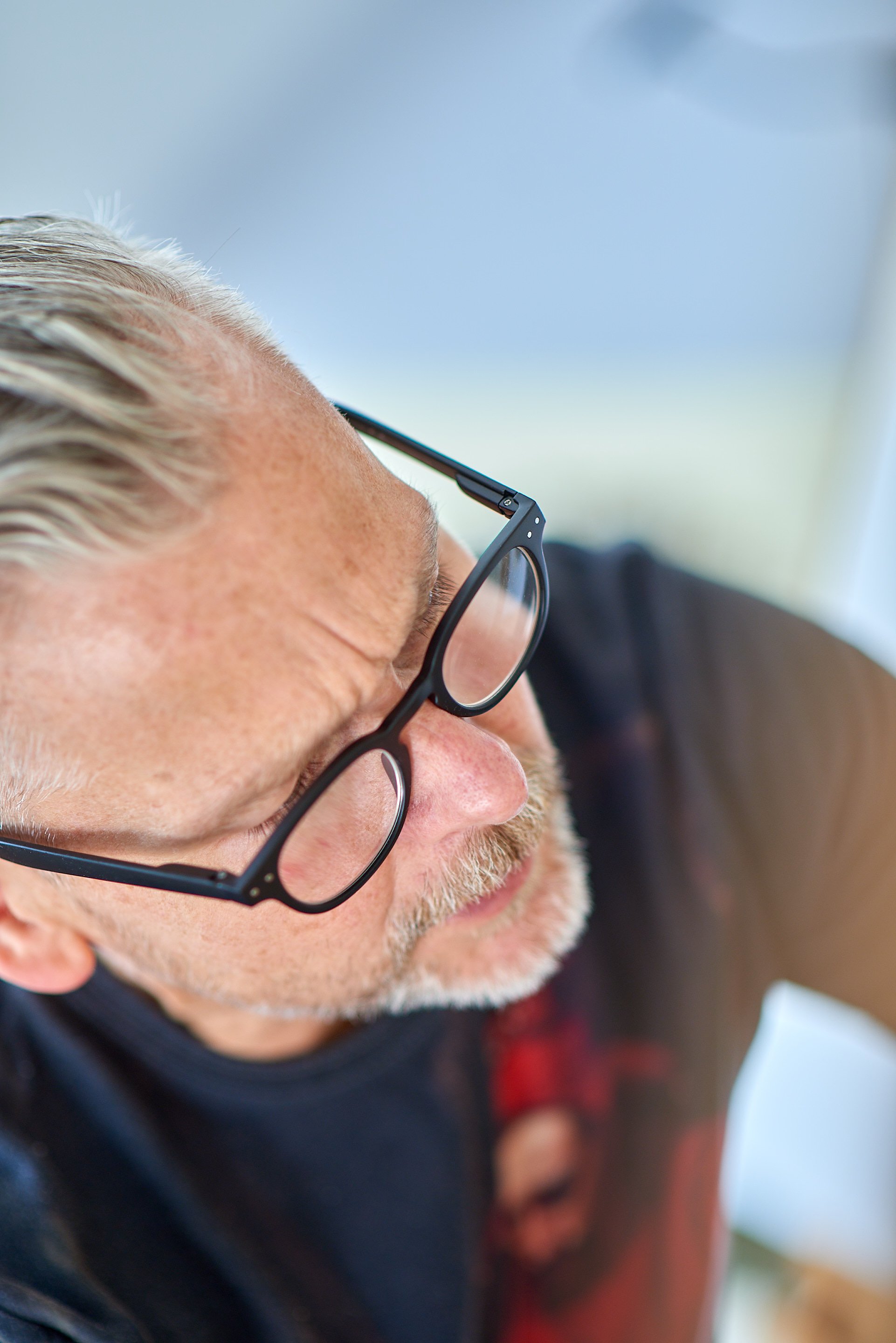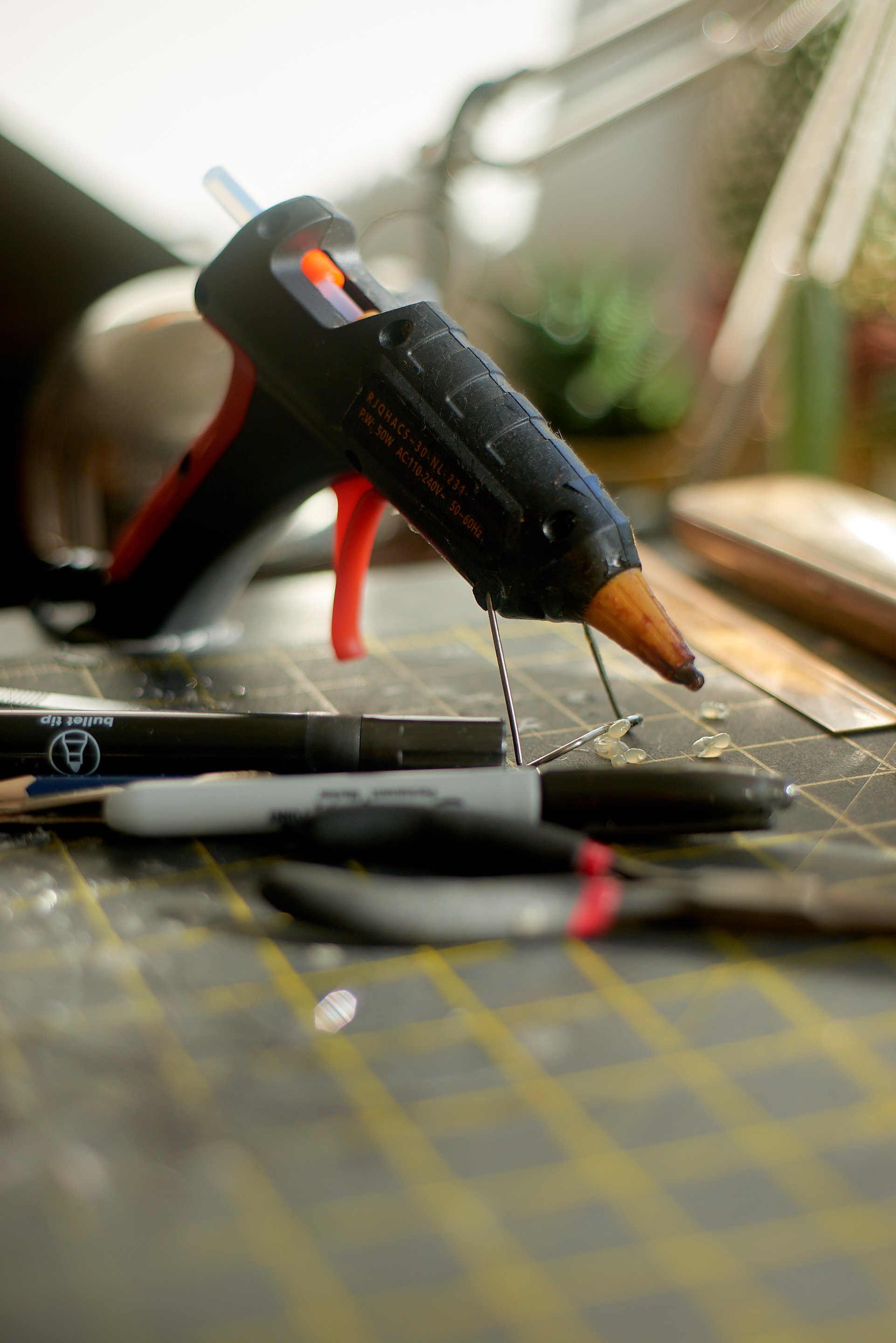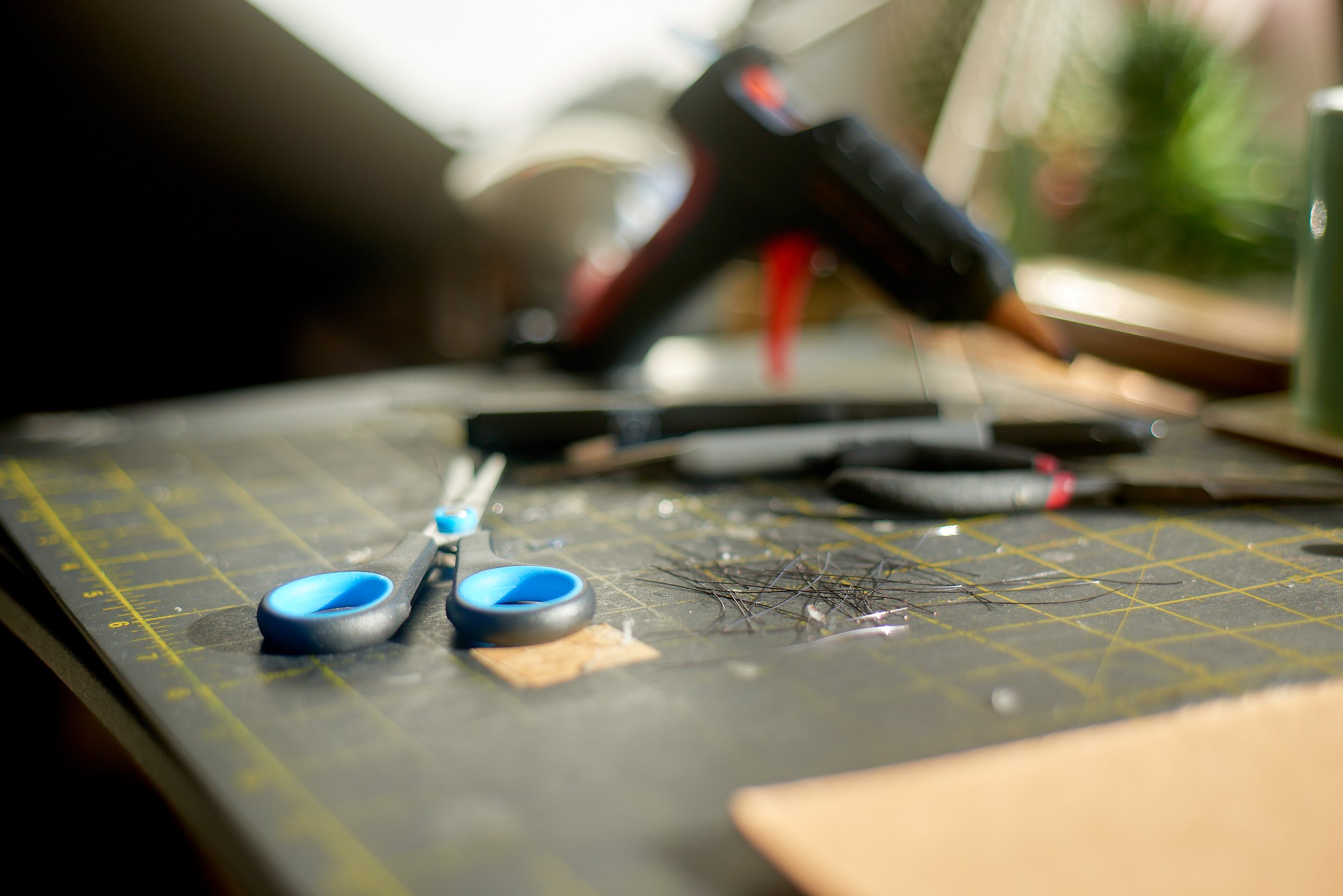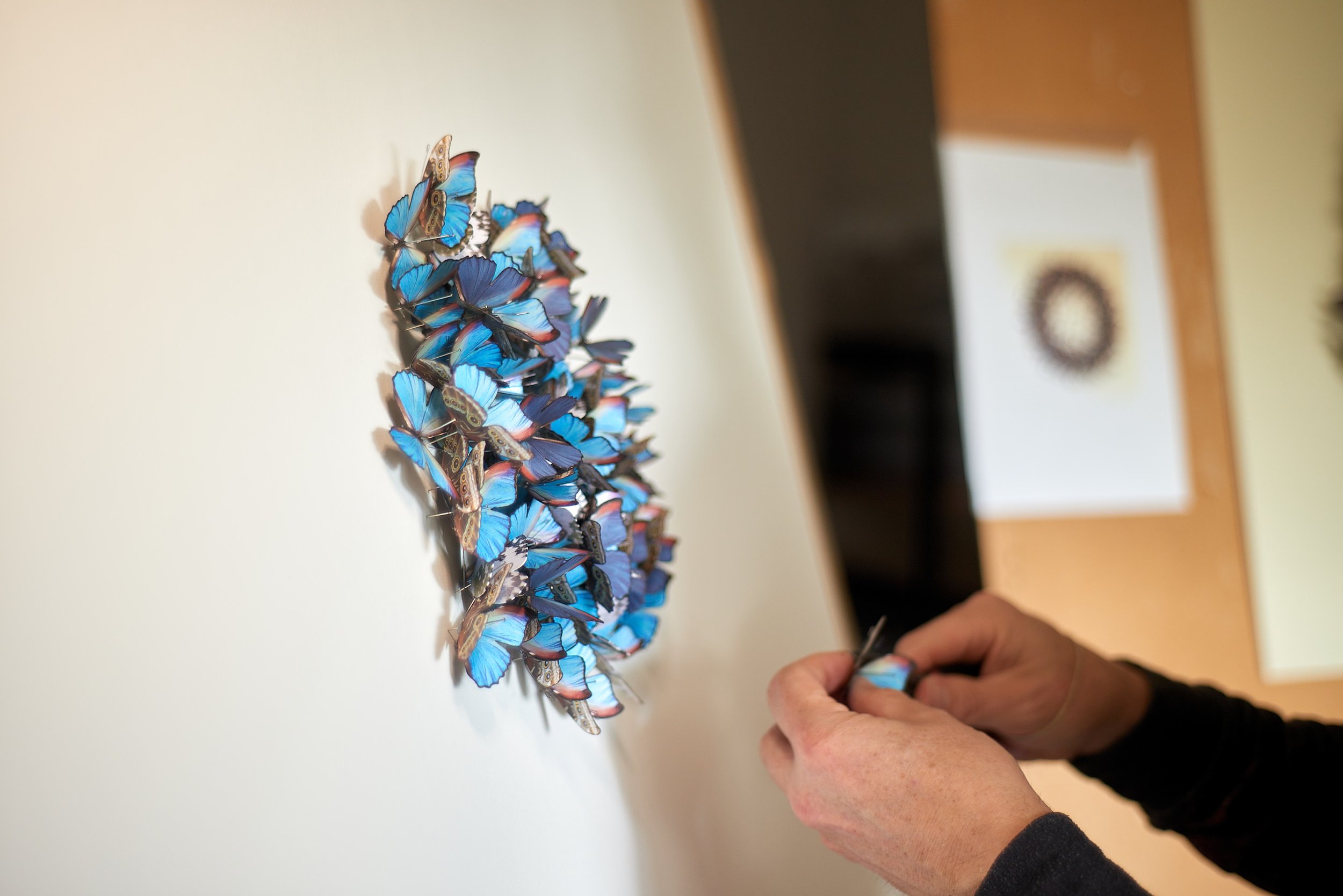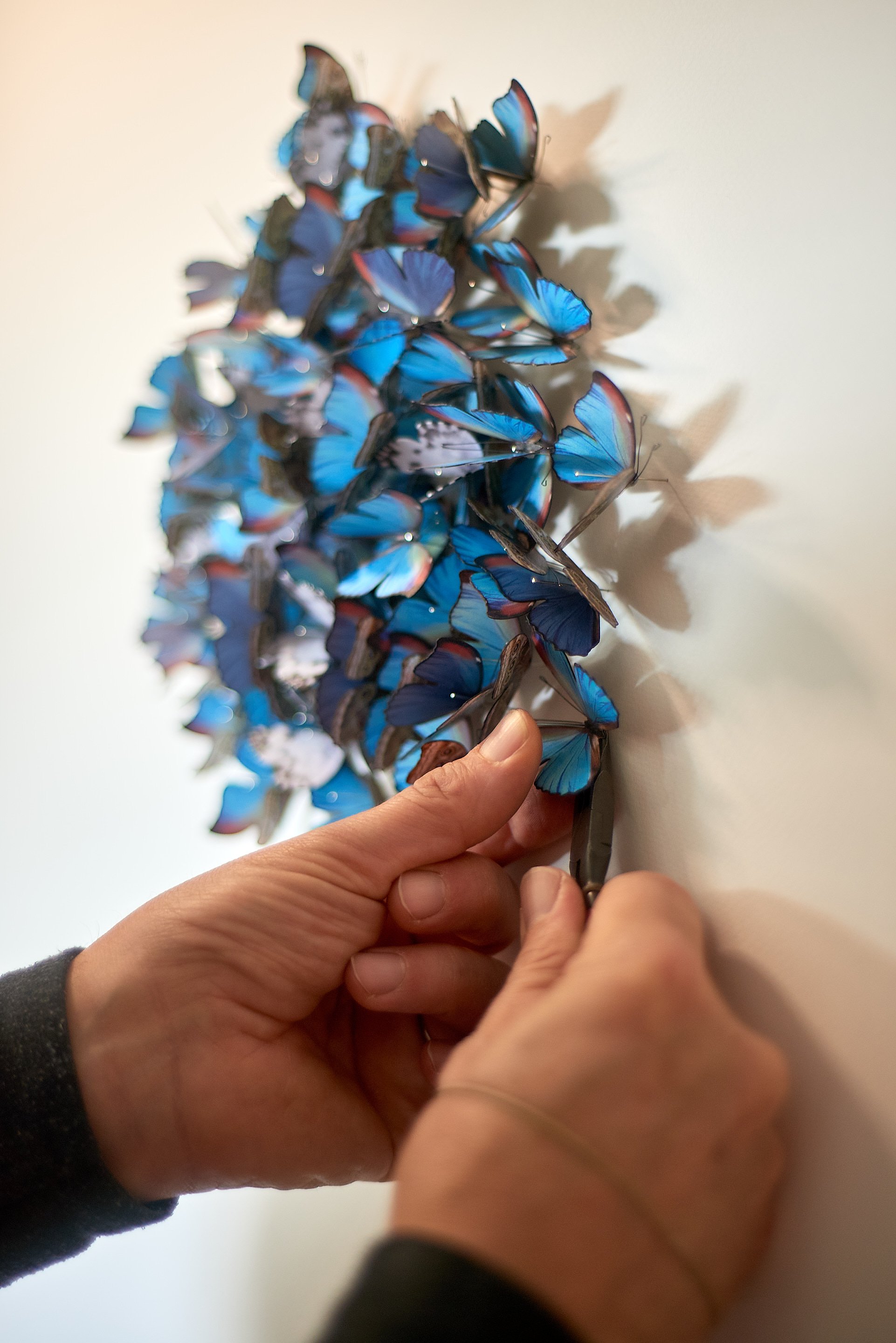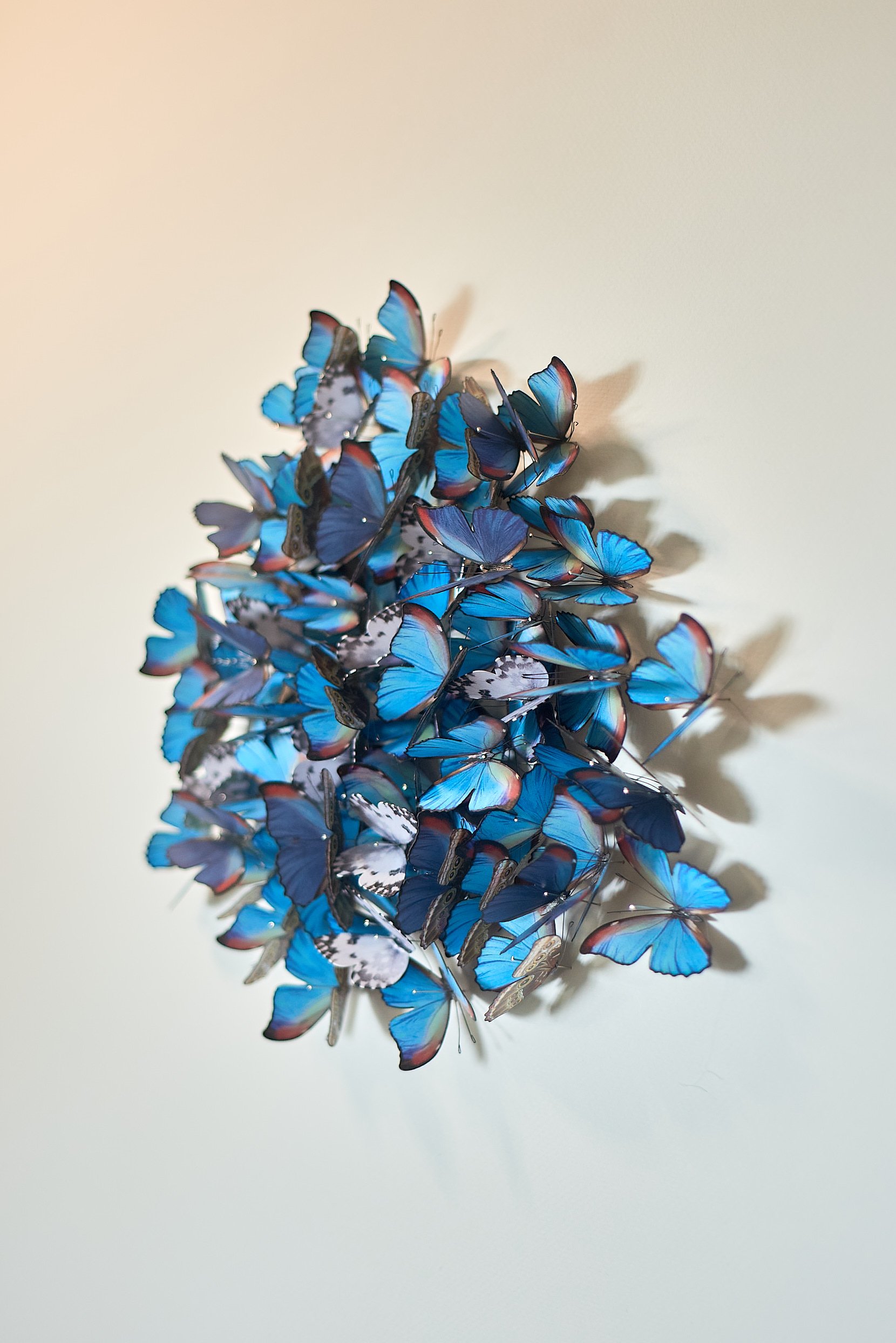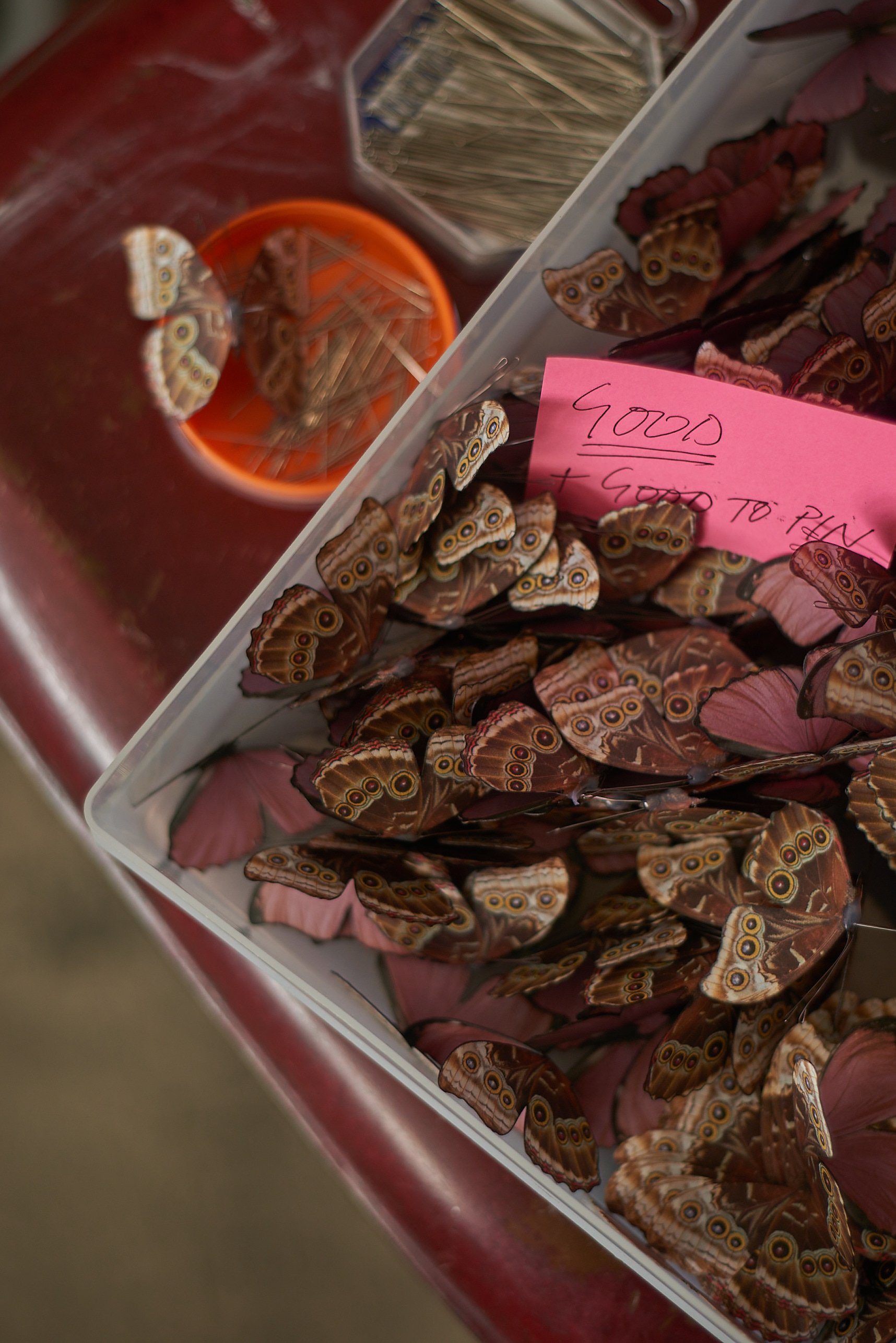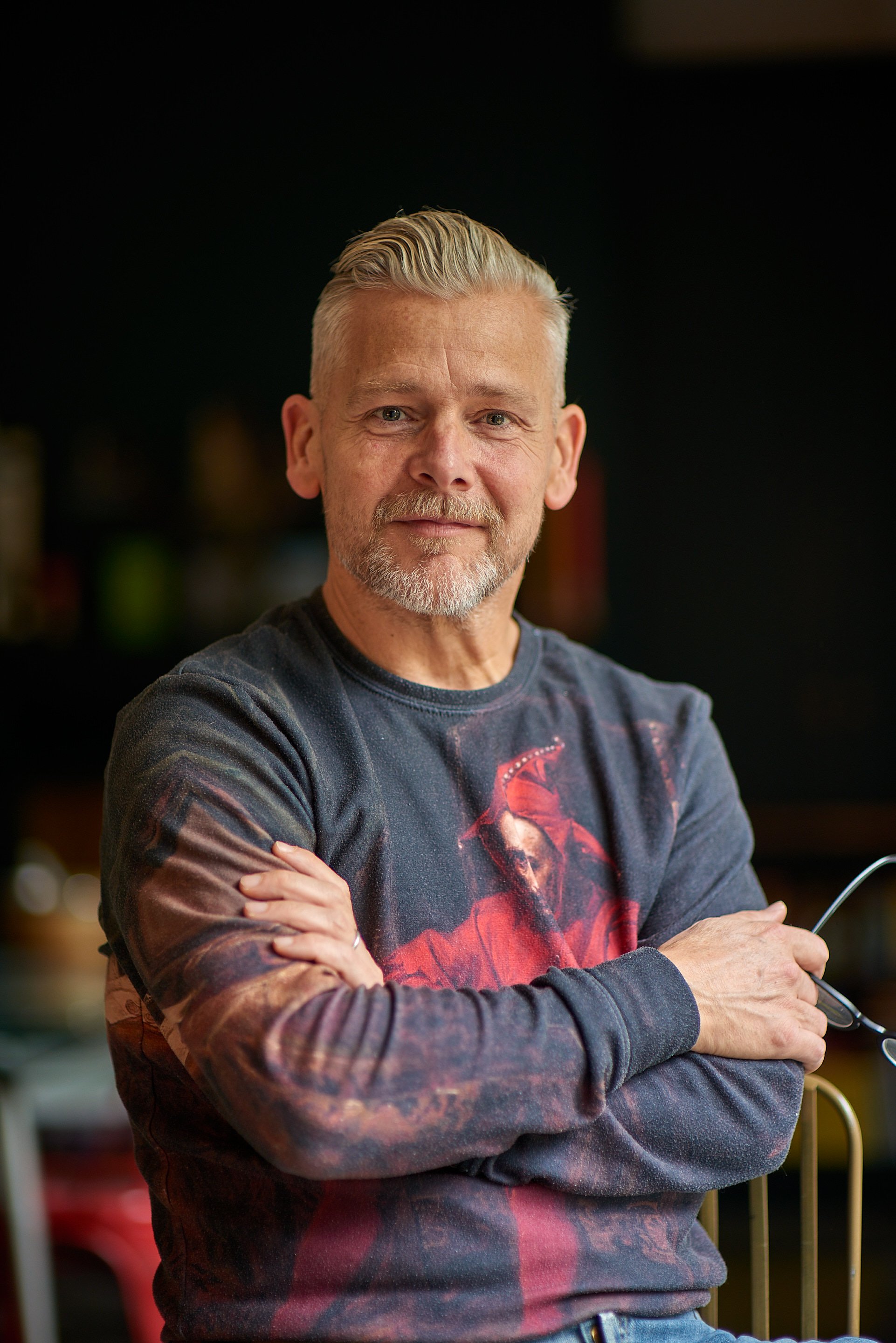Photography Blog
Personal work, updates, thoughts, opinions and the occasional tutorials and tips…
Faunart
I recently had the pleasure of photographing highly acclaimed contemporary artist Daniel Byrne on location at his studio in London, while he was working on a new commission for a major London Hotel.
Daniel creates beautiful large and small scale artwork under the name Faunart, which focus on the interplay of order and chaos found in nature. His work portrays the seemingly random movement of nature seen in the patterns of large groups of animals like birds, fish or butterflies and presents that in familiar forms, whether circular as with the butterflies in these works or in the sweeping curves of a shoal of barracuda or a murmuration of starlings as depicted in some of his other pieces.
"I got Steve in to take some shots to use to promote my work as an artist as well as capture some high definition shots of the artwork itself too. Steve’s natural warmth and professionalism immediately put me at ease, allowing me to relax and focus on my everyday production process whilst Steve melted away into the background capturing me in my flow state unhindered. His magic as a photographer is yes, all the expert photographic skills but more so capturing the essence of and spirit of my creative process. I loved loved loved the shots!"
